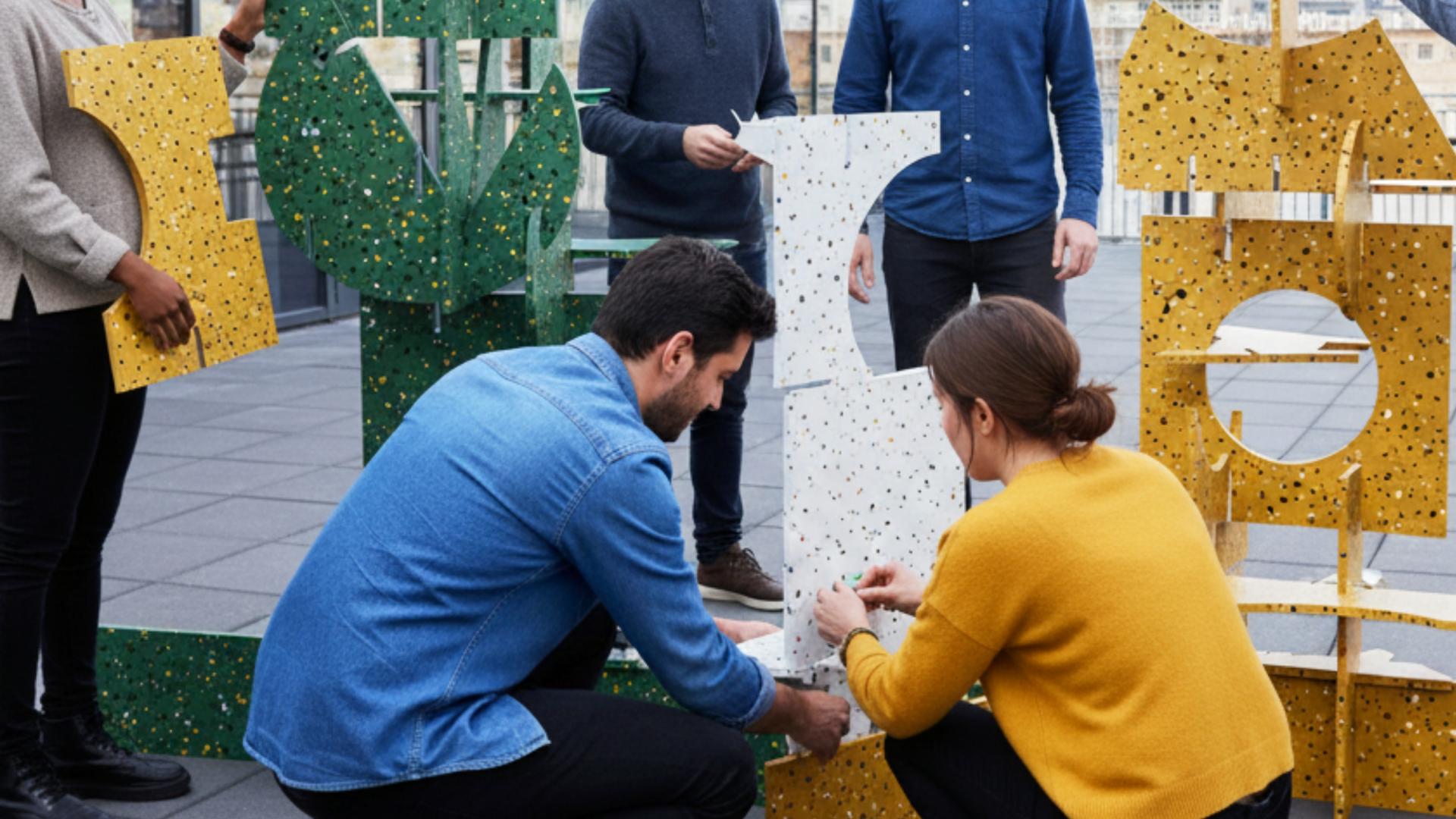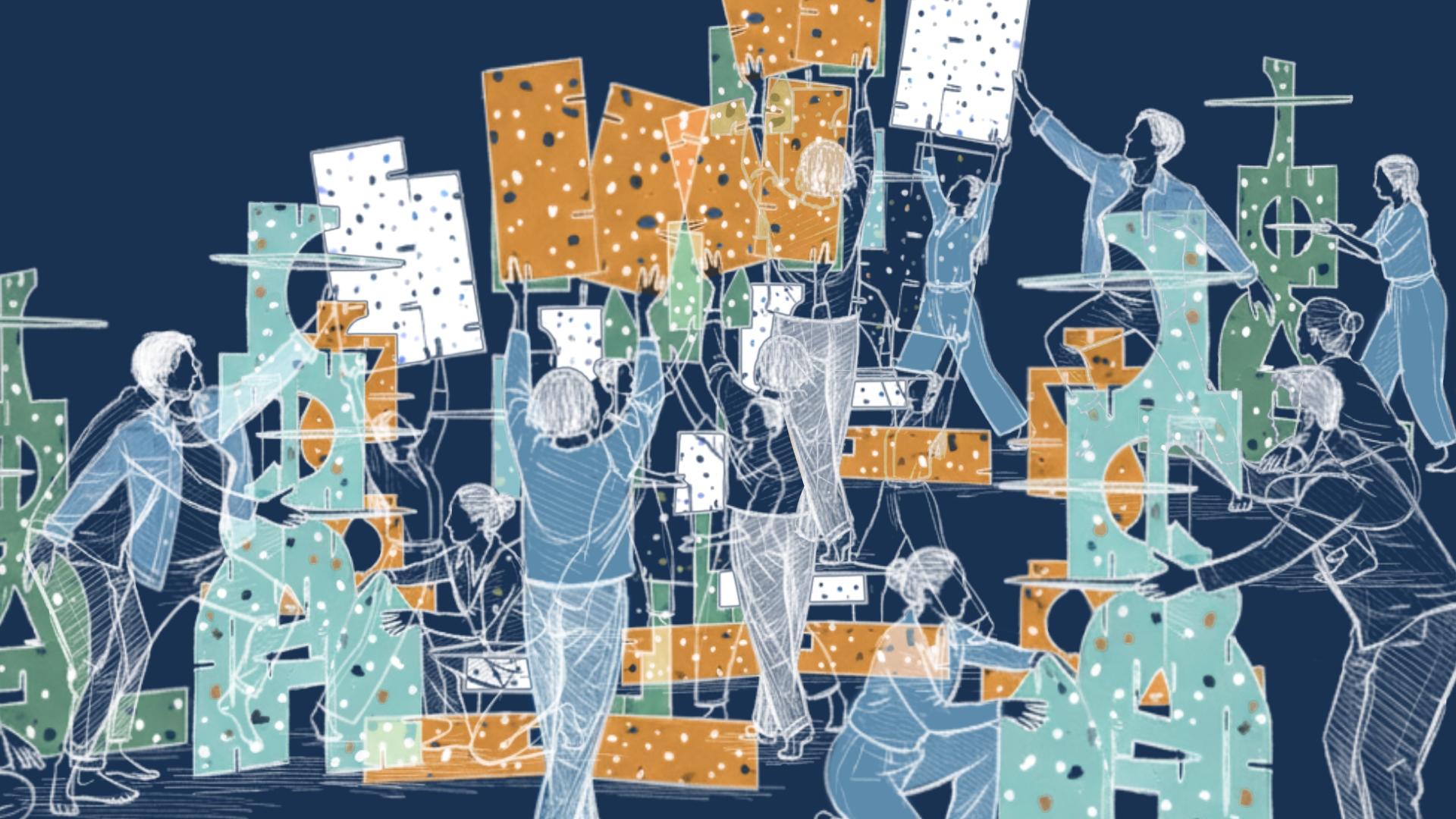Reclaiming public space through embodied awareness
Mat Party is a participatory game of social design that uses movement to explore collective intimacy in public space. It invites participants to take up space together through a shifting choreography of pronouns: me, you, we, they. Participants follow action prompts that engage interlockable mat panels as extensions of their bodies and tools for sculpting the space surrounding them.
The game celebrates everyday gestures and the ephemeral intimacy of bodily gatherings. Participants are encouraged to watch and listen physically, to respond to one another with curiosity and presence. In this way, Mat Party becomes a living structure, a social fabric or “mat” woven moment by moment through motion, proximity, and play.
In contexts where public space is often shaped by patriarchal, racialized, or cis-normative design, Mat Party proposes a temporary site of embodied solidarity. It asks: how can we feel safe in the presence of others, not by retreating inward, but by opening outward? How can vulnerability become a medium for connection rather than exposure?
Join us at Design Perron Fuutlaan 12, Eindhoven. Come to explore, move, connect, and play; your presence will shape the experience.
Meet the Creators
Mat Party is created by architects Rana Irmak Aksoy and Bengi Amaç / ODE-S, whose works explore how space and identity politics interact in the urban public realm. Prompts were shaped with contributions by sound designer / musician Can Emre Uygan, who explores the relationship between movement, sound, and the human body through music and dance pedagogy. The installation comes to life with Studio Blai’s circular material panels made from recycled plastic.
Circular fabrication with Blai panels
Mat Party's panels are made of recycled plastic, fabricated by our material collaborator Studio Blai, making our project 100% circular. Studio Blai is a circular fabrication and design studio. They collect single-use plastics before they end up in landfills and transform them into durable panels. From these panels they create furniture, interiors, and installations. Nothing they make goes back to waste; a proof that design with waste can be responsible, lasting, and beautiful.
 Dogs are allowed
Dogs are allowed
 Free wifi available
Free wifi available
 Toilets available
Toilets available
 Fully wheelchair accessible
Fully wheelchair accessible
 Wheelchair friendly toilet available
Wheelchair friendly toilet available


